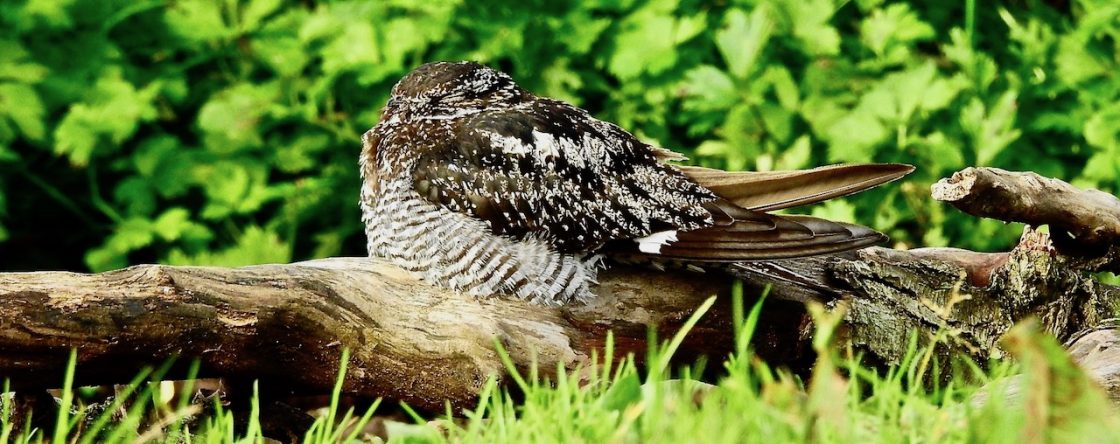
The calls of Fieldfares and Redwing moving north over Ainsdale (classic overshoot movement?) broke the Tier 3 inner silence this morning – autumn carries on regardless.
They seemed to have followed me back from the east coast, where I’d spent a couple of days at Spurn, returning yesterday evening.
It was relatively quiet over there, although large numbers of thrushes began falling out of the sky yesterday, plummeting like falling arrows into the trees around Kilnsea _ Redwings, Fieldfares, Song Thrushes, Blackbirds, Bramblings…marvellous.
Spending time with Neill Hunt and the small band of other Spurn regulars out in the field is always a pleasure, especially when the peninsula hosted only a scattering of non-avian visitors.
Even if you can’t visit, you should give serious thought to signing up as a “Friend of Spurn” to support the tremendous work this great bird observatory does – the annual Spurn Wildlife report is worth the £24 yearly subs alone (another cracker this year), AND you get access to private areas like Church Field and Sykes’ Field AND a reduced rate at the obs.
Total bargain.
The forecast looks very good for the next few days.
Right, plug over, back to the birds…
Sunday provided a marvellous dozing Long Eared Owl in the hawthorns behind Rose Cottage, and a remarkably sedate Yellow Browed Warbler scoffing what appeared to be Harlequin Ladybird larvae in the willows in Sykes’ Field.


A cold northerly slowed things down, but Redstart, Chiffchaff and a trickle of Redwings toughed it out.

A short seawatch revealed a stream of Gannets and Guillemots heading north, a couple of Red Throated Divers and two Arctic Skuas.
The wind was westerly on Monday with heavy showers, and I got a full day in as clouds of winter thrushes began arriving in the cloudy, gloomy conditions.
The lingering Purple Sandpiper fed on the concrete blocks north of the breach, the waves frequently crashing on top of the bird – it didn’t seem to mind.
Three House Martins dashed south over the beach and through the Narrows.

A Great White Egret – still noteworthy at Spurn, although getting more regular all the time dropped onto the Canal Scrape to give point blank views as went fishing among the perplexed Mute Swan and Moorhens.

Bramblings, Redstart, Chiffchaff, Goldcrest, Siskin, Redpoll and Blackcaps all promised a bigger haul if the wind would shift direction…
Bizarrely Boris Johnson’s RAF Victory circled the Humber and out onto the North Sea for nearly two hours – what was he doing up there???
I felt an FOI request coming on as the plane went round and round in circles.

Yesterday (13.10.20) saw the wind swirling pretty much round the compass, before edging into North East but more birds were arriving, with Brambling, hundreds of Redwings and Fieldfares and a fine Short Eared Owl that flapped in off the North Sea and pitched down in the vegetation around the Borrow Pit.
Made it, well played!


The hedgerows and trees were filling up with Fieldfares and Redwings as they dropped out of the sky and a few Ring Ouzels started to appear.
Jack Snipe, Whinchat, Wheatear, a brace of Swallows, Arctic Skua, grumbling Brents, and overhead Pinks and Barnacle Geese illustrated exactly what Spurn is all about in autumn.


Inevitably the first Rouzel of the season was trapped and ringed at Church Field – an adult female that was a real treat to see at close quarters before it was safely released and “chuck chuck-ed” off into cover.

A Merlin chased down a Skylark for what seemed like an eternity out over the North Sea, almost as if it was playing with it (didn’t seem much fun for the lark though), and a few more Yellow Browed Warblers popped up.
Watching one of the latter around Pancho’s Pond as the sun sank lower seemed a good point to call it a day and head back west.
Roll on happier days and a return.










































